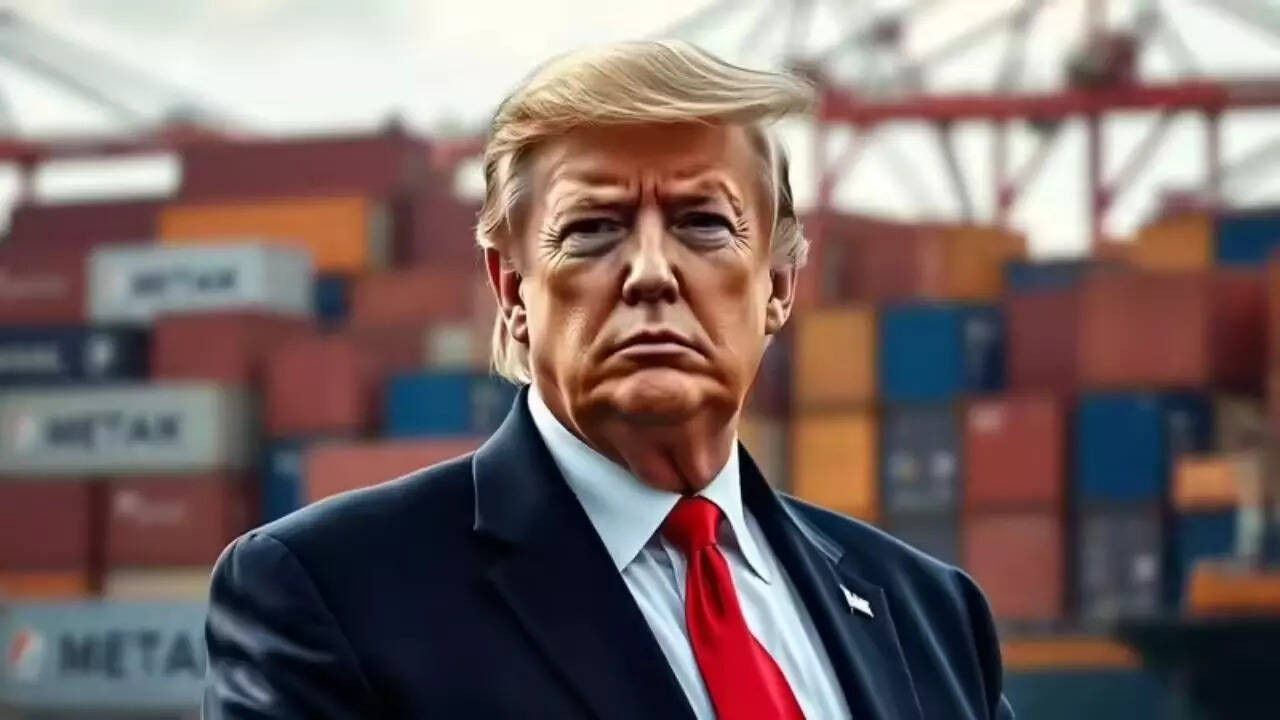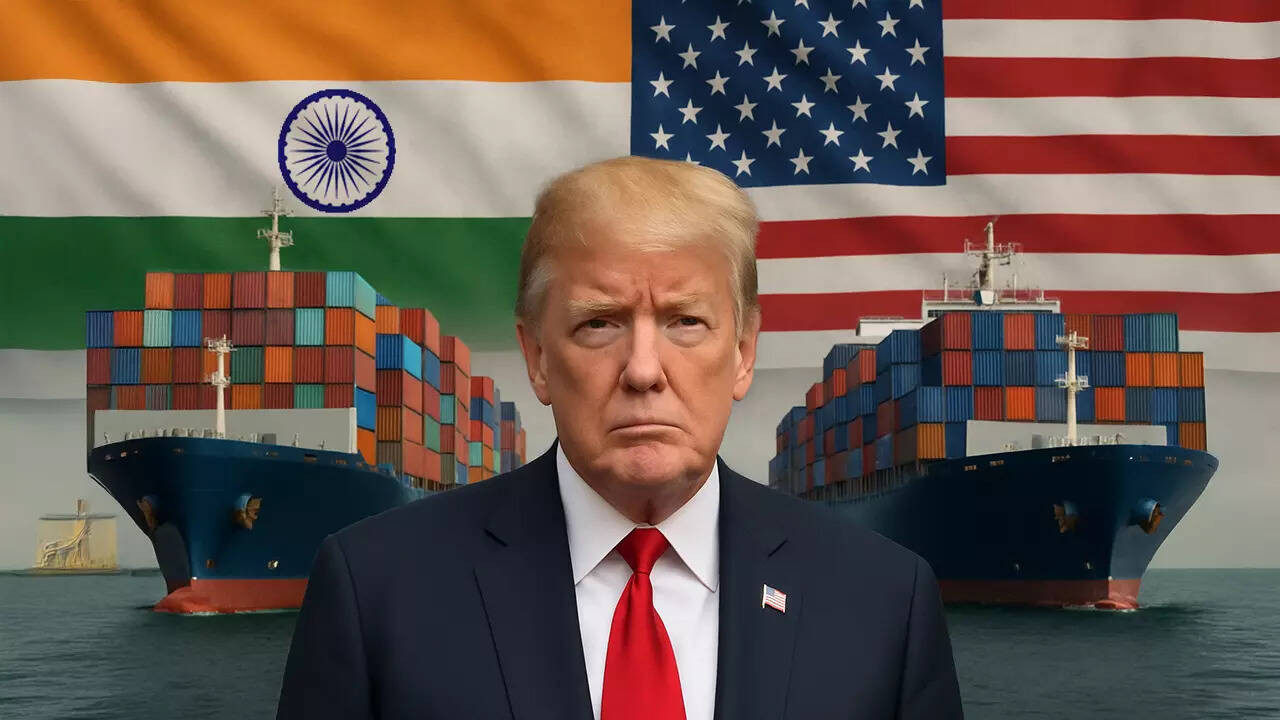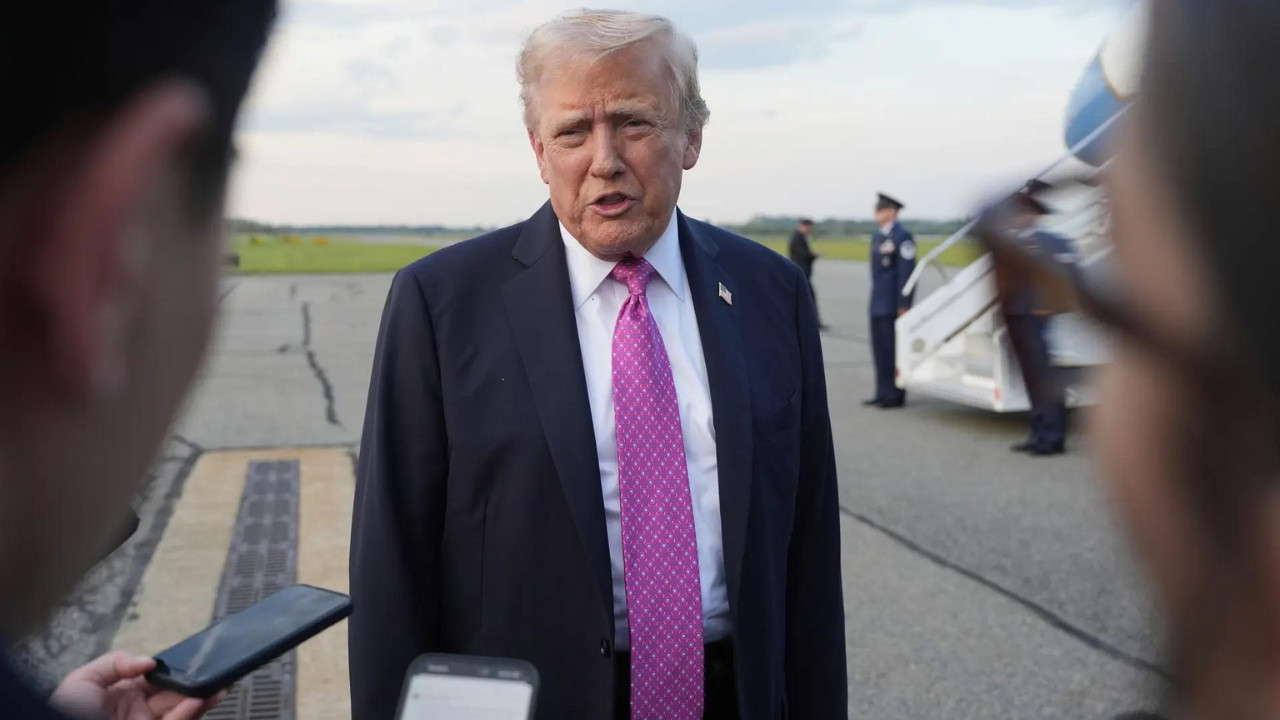Donald Trump is increasing tariffs on various countries. Canada faces tariffs due to fentanyl concerns. Brazil is hit with tariffs linked to political issues. Copper imports also face new duties. Tariff letters are sent to over twenty countries. Some countries are negotiating deals to avoid these hikes. Steel, aluminum, cars, and other sectors are affected.
Navigating the Murky Waters of US Trade Tensions
The global economic landscape feels a little less stable these days, doesn’t it? Like you’re trying to balance on a wobbly tightrope. A big reason for that uncertainty? The ever-shifting sands of US trade policy, particularly when it comes to tariffs. Remember those whispers (or maybe they were shouts?) about potential new tariffs floated by none other than Donald Trump? Well, they haven’t exactly faded away. Let’s untangle what’s happening and what it might mean for everyone.
The Trump Tariff Talk: A Déjà Vu Moment?
We’ve been here before, haven’t we? The mere mention of tariffs can send shivers down the spines of economists and business leaders alike. The former president’s rhetoric on trade hasn’t softened. While the specifics can be a bit hazy, the general idea is clear: a desire to “protect” American industries through increased tariffs on imported goods, particularly from powerhouses like China. It’s a strategy he employed before, with significant, and often debated, consequences. What makes this resurgence of tariff talk particularly noteworthy is its potential to disrupt the relative calm that has settled over global trade in recent months.
“`html

“`
Why the Tariff Temptation Persists
So, what’s fueling this renewed interest in tariffs? Several factors appear to be at play. Firstly, there’s the enduring belief that tariffs can level the playing field for American manufacturers, making their products more competitive against cheaper imports. This argument resonates with certain segments of the electorate, particularly in industrial heartlands. Secondly, tariffs are viewed by some as a powerful tool for negotiating trade deals. The threat of tariffs can, in theory, incentivize other countries to make concessions on trade practices. Finally, there’s the political dimension. Tough talk on trade can be a potent message, signaling strength and a commitment to prioritizing American interests. But these considerations are set against a backdrop of global interconnectedness that makes trade policy decisions incredibly complex.
The Ripple Effect: Who Feels the Pinch?
The impact of US trade tariffs extends far beyond the borders of the United States. When tariffs are imposed on imported goods, the immediate effect is an increase in the price of those goods. This can translate to higher costs for consumers, as companies pass on the tariff burden. Businesses that rely on imported components or raw materials may also face higher production costs, potentially impacting their competitiveness.
Furthermore, tariffs can spark retaliatory measures from other countries, leading to a trade war. This tit-for-tat escalation of tariffs can disrupt global supply chains, create uncertainty for businesses, and ultimately harm economic growth. It’s a complex web of interconnected consequences, and the potential for unintended outcomes is significant. In short, pretty much everyone will feel the effects, even if indirectly.
What’s Next on the Trade Horizon?
Predicting the future of US trade policy is a bit like trying to forecast the weather. However, there are a few key things to watch. The upcoming US presidential election will undoubtedly play a major role. A change in administration could lead to a significant shift in trade policy, either reinforcing the current trajectory or charting a new course.
Geopolitical tensions will also be a crucial factor. The relationship between the United States and China, in particular, will have a profound impact on global trade. Any escalation of tensions could trigger further tariff measures, while a de-escalation could lead to a more conciliatory approach.
Finally, businesses and consumers will need to adapt to the evolving trade landscape. Companies may need to diversify their supply chains, explore new markets, or invest in automation to mitigate the impact of tariffs. Consumers may need to adjust their spending habits as prices fluctuate. This makes the topic of global economics and investment inherently interesting and relevant, consider reading more about investing strategies to help manage volatility.
Staying Agile in a World of Trade Twists
The global trade environment is undeniably complex and subject to rapid change. While the prospect of new or increased tariffs from the US injects a hefty dose of uncertainty into the mix, being aware and flexible are crucial strategies. Proactive businesses are wise to consider diversifying supply chains, and consumers may benefit from adaptable spending habits as markets react. Whatever happens, staying informed is the best defense, allowing for informed reactions to any trade-related curveballs thrown our way.







